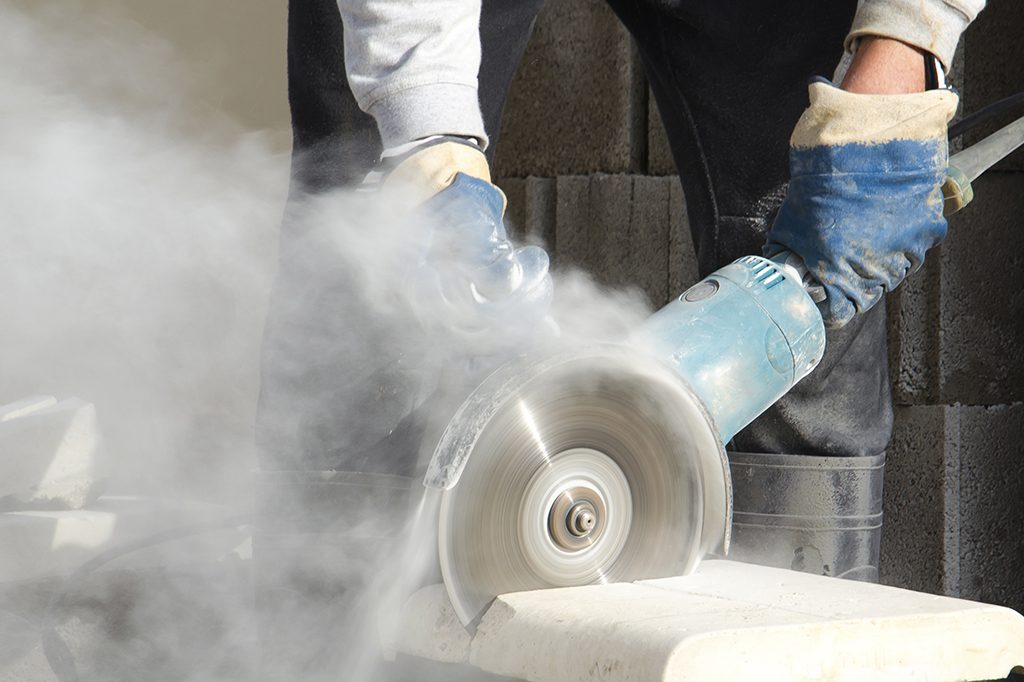The Health and Safety Executive (HSE) has issued a warning for companies installing stone worktops.
In new guidance released this week (7 December), the watchdog told firms they must ensure suitable controls are in place to help protect against exposure to stone dust and prevent workers breathing in respirable crystalline silica (RCS).
Workers are at risk of exposure to airborne particles of dust containing RCS when processing stone, including engineered stone, by cutting, chiselling and polishing.
Breathing in silica particles can cause irreversible, life-changing and often fatal respiratory conditions including silicosis, chronic obstructive pulmonary disease and lung cancer.
Last year, engineered stone was banned in Australia over concerns its high silica content hugely increased the risk of workers developing those conditions, and at a younger age than with other types of silica dust.
The first eight UK cases of silicosis linked to artificial stone cutting were identified in a paper produced by Dr Jo Feary, senior clinical research fellow at Imperial College London, in August 2024, prompting calls for action in this country. The Trades Union Congress (TUC) recently called for a UK ban on the material.
The new HSE guidance states:
- Installers should understand the risk from processing stone and how to use suitable controls.
- Worktops should be prefabricated so further processing on site is avoided.
- Water suppression or on-tool extraction with shroud and dust collector attached to an M-class vacuum should be used to control any dust generated.
- Respiratory protective equipment with an assigned protection factor (APF) of at least 20 (e.g. FFP3 face mask) should be worn when processing the stone.
- Cleaning should be by wet methods or dust class M vacuum to prevent creation of dust.
HSE deputy director Mike Calcutt said: “HSE will continue to work with industry stakeholders to raise awareness of managing the risks from exposure to respirable crystalline silica. It’s important that businesses act now to ensure they comply with the law and protect their workers from serious lung diseases.”
He added: “Great Britain has a robust and well-established regulatory framework in place to protect workers from the health risks associated with exposure to hazardous substances. We want employers and workers to make sure they are aware of the risks associated with the activities they do, and that’s why we are sending this reminder.
“HSE’s inspectors have often found poor management of control measures including water suppression, dust extraction, equipment maintenance, cleaning and RPE provision. Employers should ensure suitable control measures are properly used and maintained.”
The All Party Parliamentary Group for Respiratory Health called for new regulations to treat silica dust like asbestos in 2020, including halving the legal workplace exposure limit for silica dust from 0.1mg per metre cubed to 0.05mg per metre cubed.
In a 2023 follow-up report, the group of MPs and peers called for real-time monitoring of silica dust to be looked at as a “matter of urgency”.
The new HSE guidance is available here.

